THE BATTLE OF CHARLIE 1972 - THE EPIC OF THE ANGELS IN RED HAT OF THE ARVN´S 11th AIRBORNE BATTALION
PART 1 :

Ensign of the ARVN's 11th airborne battalion.

Lieutenant Colonel Nguyen Dinh Bao (right), commander of the ARVN's 11th airborne battalion and his Ops Officer, Captain Doan Phuong Hai (left), two main figures in the famous Battle of Charlie.

Major Le Van Me, deputy battailion commander of the ARVN's 11th airborne battalion in the Battle of Charlie. After the death of Lt. Colonel Nguyen Dinh Bao, Major Me ook command the battalion. He was one of the best battalion commanders of the Airborne Division. He was promoted to Colonel and worked finally as Ops Officer for the ARVN's Airborne Division till the war ended in 1975.
http://www.epoetryworld.com/clients/53741/3169593 org.jpg
Major John Joseph Duffy, senior advisor of the ARVN's 11th airborne battalion, another main figure in the Battle of Charlie (1972), a hero and a true friend of Vietnamese airborne soldiers. For his heroic contributions to the defense of the Fire Base Charlie he was honored with the award of the « Distinguished Service Cross », the second highest award for valor of his nation.
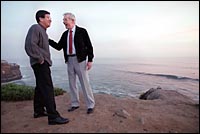
Colonel Le Van Me and retired US-Army Major John J. Duffy reunited in California, USA (1978).
------------------------------------------------
C or CHARLIE was only the call sign used in military radio communication for a hill which was located west of Kontum city on a high ridgeline known as Rocket Ridge in the Central Highlands of the RVN's Military Region II.
But CHARLIE was also typical for one of the bloodiest fightings in the long history of the ARVN's elite Airborne Division - the Angels in Red Hats.
This was also the story of the ARVN's 11th airborne battalion with his famous commander, Lieutenant Colonel Nguyen Dinh Bao. After KIA on the hill Charlie, he was posthumously promoted to Colonel.
The 11th airborne battalion went in with 451 paratroopers and after two weeks of ferocious battle – they fought their way out with only 37 survivors - bloodied but unbroken.
The story of this battle and the courage of the ARVN's airborne troops and their leader became famous after Captain Phan Nhat Nam, an ex-airborne officer, published a book called « Mua He Do Lua » or « The Red Flammes of Summer ».
Captain Phan Nhat Nam had tape-recorded the eyewitness accounts as the 11th airborne battalion's soldiers returning from Charlie were treated at the General Military Hospital Cong Hoa, Saigon. Based on these recordings he wrote this famous book to honor the sacrifice and the war death of the
airborne soldiers on the hill Charlie. The book won the 1972 South Vietnam National Literature Award.
In the aftermath of the Battle for Fire Base Charlie a classical Vietnamese song was also composed by musician Tran Thien Thanh : « Nguoi o lai Charlie » or « Those who stayed at Charlie » to lament the lost soldiers of this battle. This song is still often played in Vietnam and anywhere where the Vietnamese live.
In the website http://thebattleofkontum.com Bill Reeder, an ex-US-pilot flying gun for 361st« Pink
Panthers » during the Easter Offensive 1972 in MR-2, told a very interesting story:
he went back to Vietnam some years later and tells of sitting in the bar at a hotel in Pleiku city. Some of
the locals were singing. He asked the bartender what they were singing about and was told :
« They sing about the Heroic Battle of Fire Base Charlie ».
Bill told the bartender: « Hey, I was at Fire Base Charlie !».
After that, he reports, he didn't have to buy a drink for himself all night!.
Charlie was also the story about a heroic american advisor, Major John J. Duffy of the famous US Advisory Team 162, and the heroic efforts of the US-helicopter crews who took the risk to come in for a rescue action in the last minute and had to pay with a too expensive price...
Therefore, the story about The Battle Of Charlie or The Tragic Fate Of The Angels in Red Hats had to be told again here with more details.
-------------------------------------
On 25th March 1972 the ARVN's 11th airborne battalion with 4 companies (111, 112, 113 and 114) was airlifted into the AO to build up the Fire Support Base Charlie belonging to the Airborne's defending ring to protect the left side of the National Route 14 (QL-14).
The US-senior advisor of the battalion was Major John Joseph Duffy, who came from Special Operation Units of the United Army specialized for actions behind enemy lines and served already three combat tours in Vietnam. This was his fourth combat tour and maybe the most dangerous mission for him.
Actually Charlie consisted of three hills : C, C1 and C2 stretching from North to South with different altitudes :
● C1, located in the North of Charlie, was held by company 113 of Captain Hung.
● C or Charlie with altitude of approximately 960 m was held by company 111 commanded by Lieutenant Thinh, a young officer of class 25 of the Thu Duc Reserved Infantry Officer School.
● The rest of battalion and the command post held C2 with altitude of approximately 1062 m. Therefore, C2 was also called the height 1062 with a landing zone (LZ) for helicopters.
The company 114 of Captain Phan Canh Cho (now living in the Orange County, USA) was located in the South, took the heaviest responsibility because of the sloping terrain in this direction. Additionally there were also many high trees which were not far from the barbed wire fences around the Fire Base which may help easily concealing the approach of enemy forces.
The Battle of Charlie began afterwards also from this direction.

Hill Charlie, where took place the bloodiest fightings between the ARVN's 11th airborne battalion and NVA's elite division 320 (or Steel division or Dien Bien division) reinforced 66th regiment of NVA's 3rd division (Gold Star division).
http://www.thebattleofkontum.com/graphics/mapover.gif
FSBs of Rocket Ridge : Y (Yankee), C (Charlie), D (Delta) and H (Hotel).
PART 1 :

Ensign of the ARVN's 11th airborne battalion.

Lieutenant Colonel Nguyen Dinh Bao (right), commander of the ARVN's 11th airborne battalion and his Ops Officer, Captain Doan Phuong Hai (left), two main figures in the famous Battle of Charlie.

Major Le Van Me, deputy battailion commander of the ARVN's 11th airborne battalion in the Battle of Charlie. After the death of Lt. Colonel Nguyen Dinh Bao, Major Me ook command the battalion. He was one of the best battalion commanders of the Airborne Division. He was promoted to Colonel and worked finally as Ops Officer for the ARVN's Airborne Division till the war ended in 1975.
http://www.epoetryworld.com/clients/53741/3169593 org.jpg
Major John Joseph Duffy, senior advisor of the ARVN's 11th airborne battalion, another main figure in the Battle of Charlie (1972), a hero and a true friend of Vietnamese airborne soldiers. For his heroic contributions to the defense of the Fire Base Charlie he was honored with the award of the « Distinguished Service Cross », the second highest award for valor of his nation.

Colonel Le Van Me and retired US-Army Major John J. Duffy reunited in California, USA (1978).
------------------------------------------------
C or CHARLIE was only the call sign used in military radio communication for a hill which was located west of Kontum city on a high ridgeline known as Rocket Ridge in the Central Highlands of the RVN's Military Region II.
But CHARLIE was also typical for one of the bloodiest fightings in the long history of the ARVN's elite Airborne Division - the Angels in Red Hats.
This was also the story of the ARVN's 11th airborne battalion with his famous commander, Lieutenant Colonel Nguyen Dinh Bao. After KIA on the hill Charlie, he was posthumously promoted to Colonel.
The 11th airborne battalion went in with 451 paratroopers and after two weeks of ferocious battle – they fought their way out with only 37 survivors - bloodied but unbroken.
The story of this battle and the courage of the ARVN's airborne troops and their leader became famous after Captain Phan Nhat Nam, an ex-airborne officer, published a book called « Mua He Do Lua » or « The Red Flammes of Summer ».
Captain Phan Nhat Nam had tape-recorded the eyewitness accounts as the 11th airborne battalion's soldiers returning from Charlie were treated at the General Military Hospital Cong Hoa, Saigon. Based on these recordings he wrote this famous book to honor the sacrifice and the war death of the
airborne soldiers on the hill Charlie. The book won the 1972 South Vietnam National Literature Award.
In the aftermath of the Battle for Fire Base Charlie a classical Vietnamese song was also composed by musician Tran Thien Thanh : « Nguoi o lai Charlie » or « Those who stayed at Charlie » to lament the lost soldiers of this battle. This song is still often played in Vietnam and anywhere where the Vietnamese live.
In the website http://thebattleofkontum.com Bill Reeder, an ex-US-pilot flying gun for 361st« Pink
Panthers » during the Easter Offensive 1972 in MR-2, told a very interesting story:
he went back to Vietnam some years later and tells of sitting in the bar at a hotel in Pleiku city. Some of
the locals were singing. He asked the bartender what they were singing about and was told :
« They sing about the Heroic Battle of Fire Base Charlie ».
Bill told the bartender: « Hey, I was at Fire Base Charlie !».
After that, he reports, he didn't have to buy a drink for himself all night!.
Charlie was also the story about a heroic american advisor, Major John J. Duffy of the famous US Advisory Team 162, and the heroic efforts of the US-helicopter crews who took the risk to come in for a rescue action in the last minute and had to pay with a too expensive price...
Therefore, the story about The Battle Of Charlie or The Tragic Fate Of The Angels in Red Hats had to be told again here with more details.
-------------------------------------
On 25th March 1972 the ARVN's 11th airborne battalion with 4 companies (111, 112, 113 and 114) was airlifted into the AO to build up the Fire Support Base Charlie belonging to the Airborne's defending ring to protect the left side of the National Route 14 (QL-14).
The US-senior advisor of the battalion was Major John Joseph Duffy, who came from Special Operation Units of the United Army specialized for actions behind enemy lines and served already three combat tours in Vietnam. This was his fourth combat tour and maybe the most dangerous mission for him.
Actually Charlie consisted of three hills : C, C1 and C2 stretching from North to South with different altitudes :
● C1, located in the North of Charlie, was held by company 113 of Captain Hung.
● C or Charlie with altitude of approximately 960 m was held by company 111 commanded by Lieutenant Thinh, a young officer of class 25 of the Thu Duc Reserved Infantry Officer School.
● The rest of battalion and the command post held C2 with altitude of approximately 1062 m. Therefore, C2 was also called the height 1062 with a landing zone (LZ) for helicopters.
The company 114 of Captain Phan Canh Cho (now living in the Orange County, USA) was located in the South, took the heaviest responsibility because of the sloping terrain in this direction. Additionally there were also many high trees which were not far from the barbed wire fences around the Fire Base which may help easily concealing the approach of enemy forces.
The Battle of Charlie began afterwards also from this direction.

Hill Charlie, where took place the bloodiest fightings between the ARVN's 11th airborne battalion and NVA's elite division 320 (or Steel division or Dien Bien division) reinforced 66th regiment of NVA's 3rd division (Gold Star division).
http://www.thebattleofkontum.com/graphics/mapover.gif
FSBs of Rocket Ridge : Y (Yankee), C (Charlie), D (Delta) and H (Hotel).



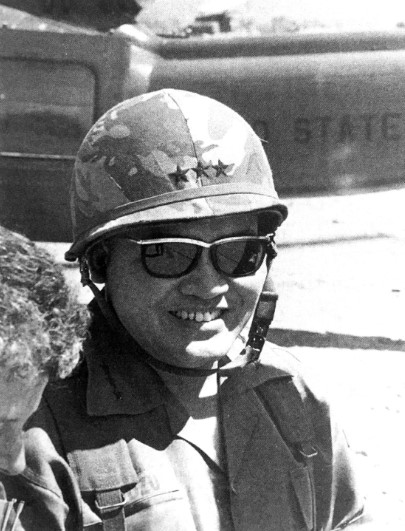
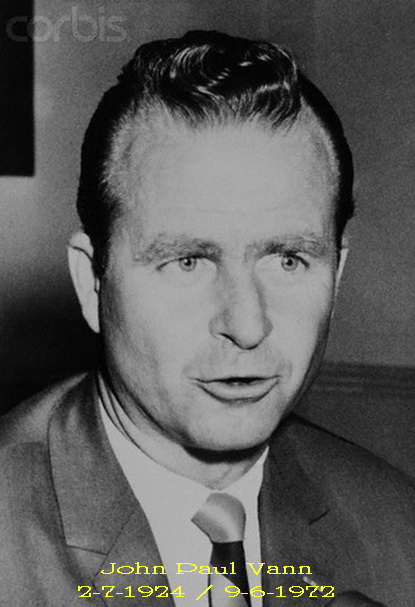
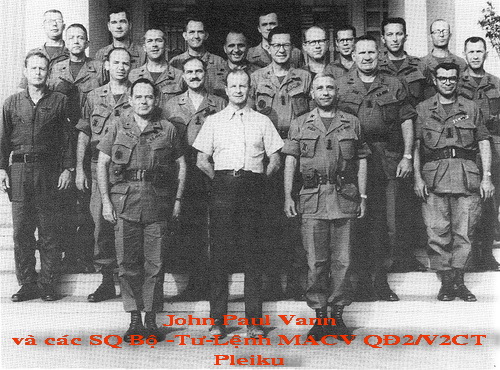
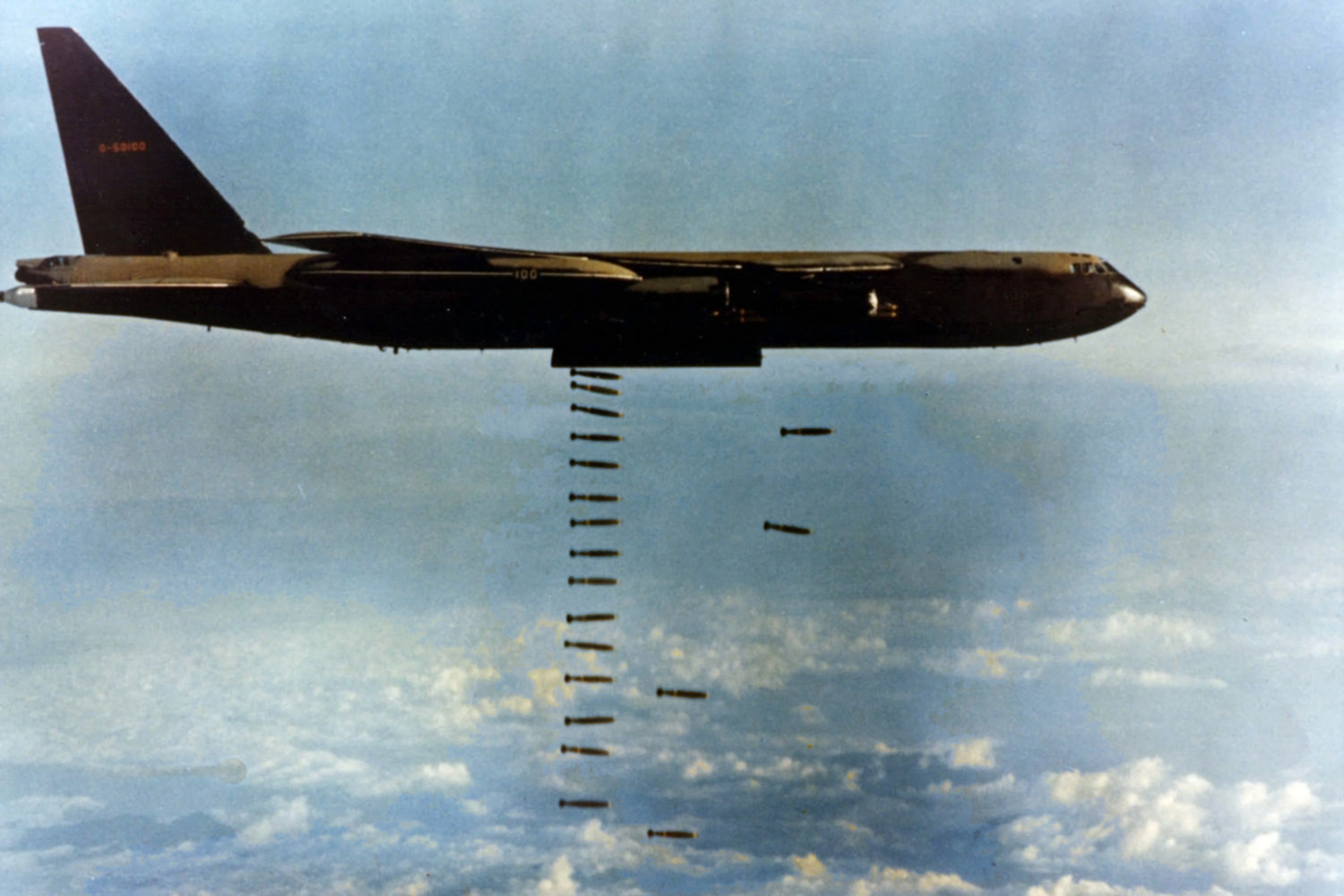




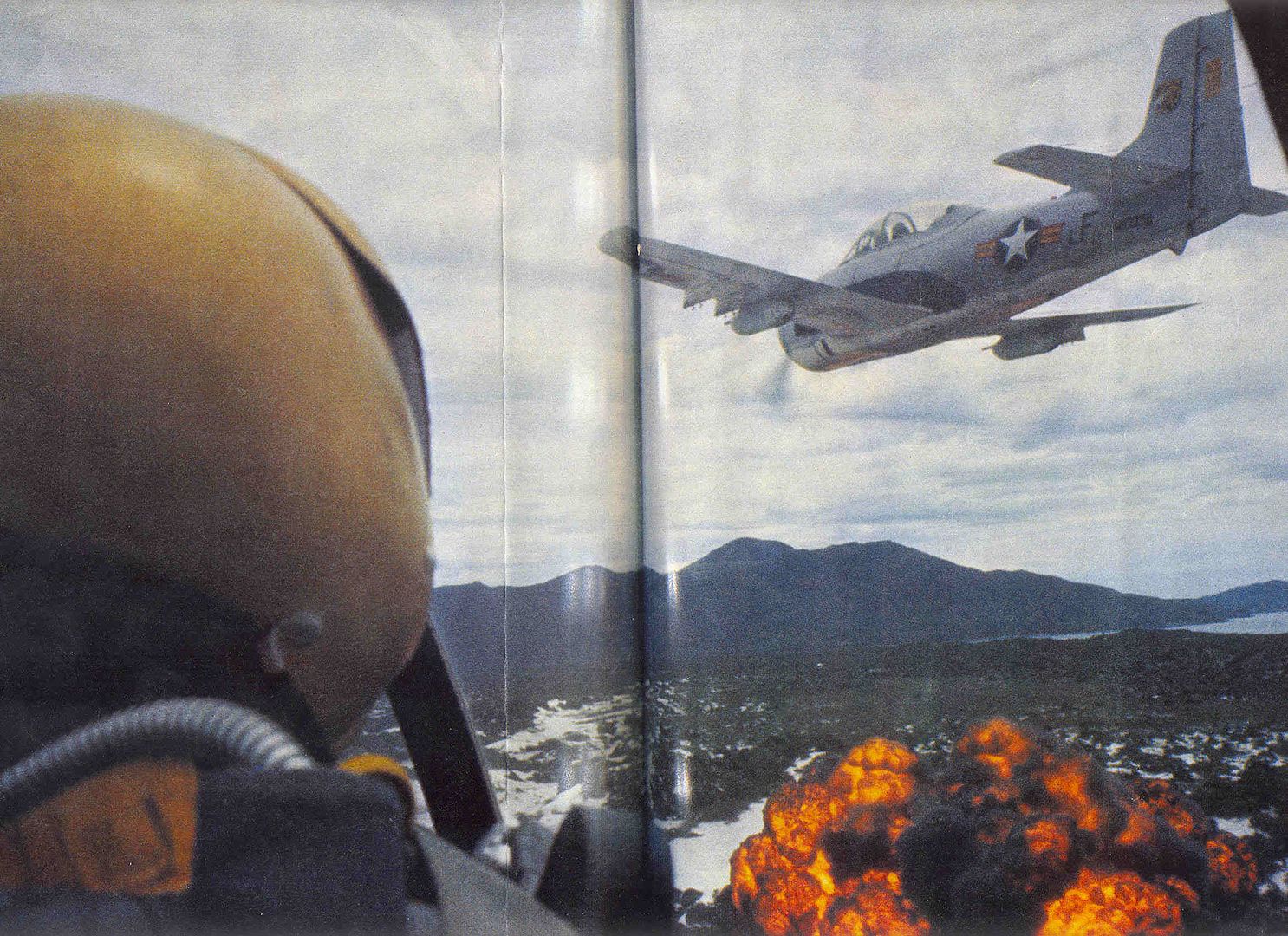





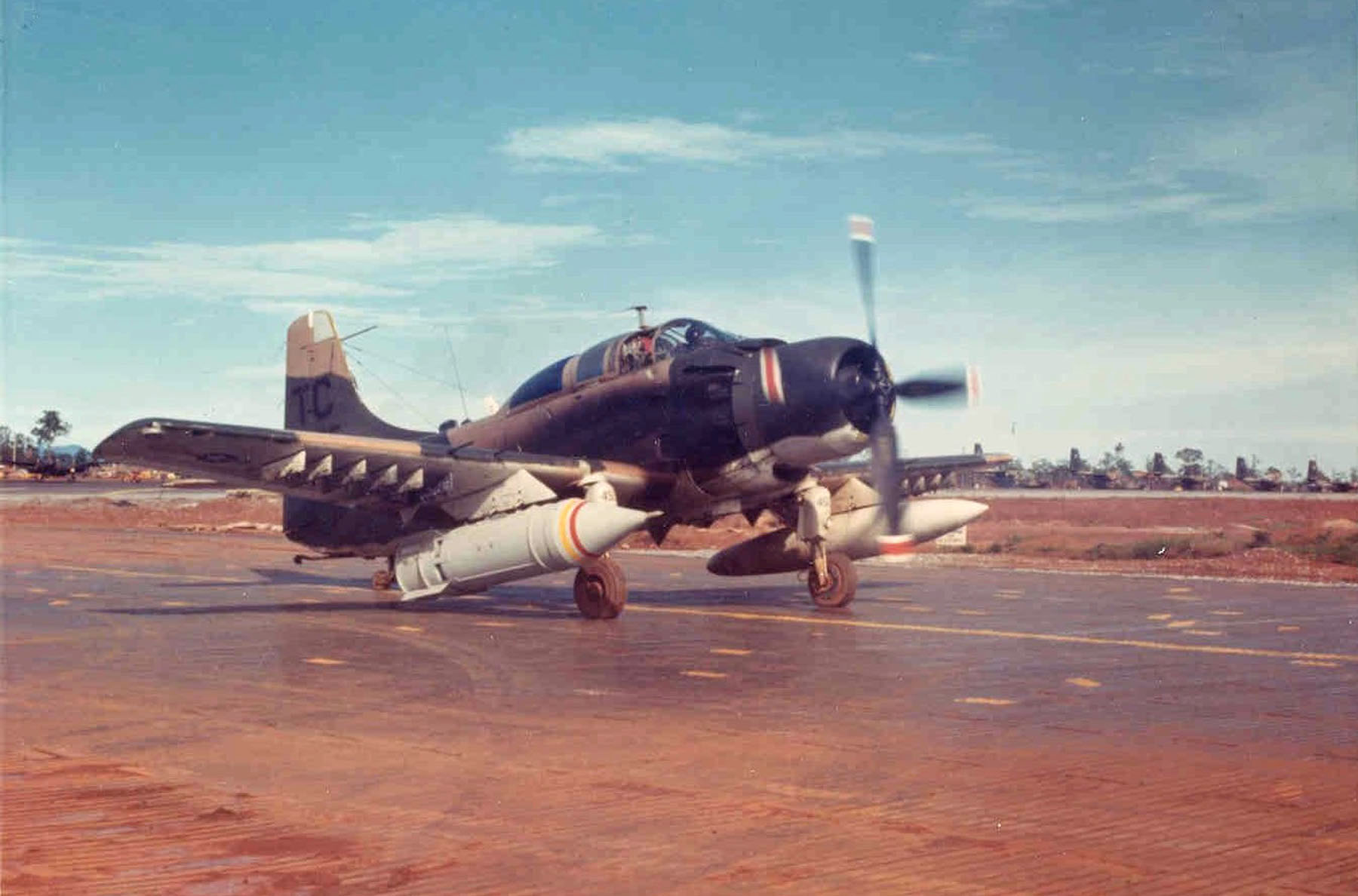







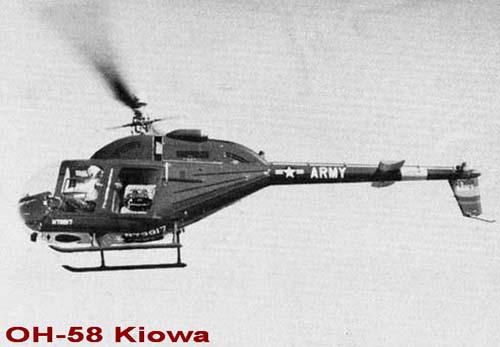




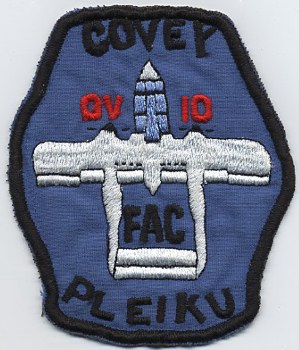


Comment